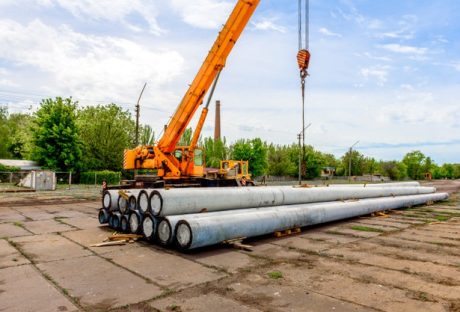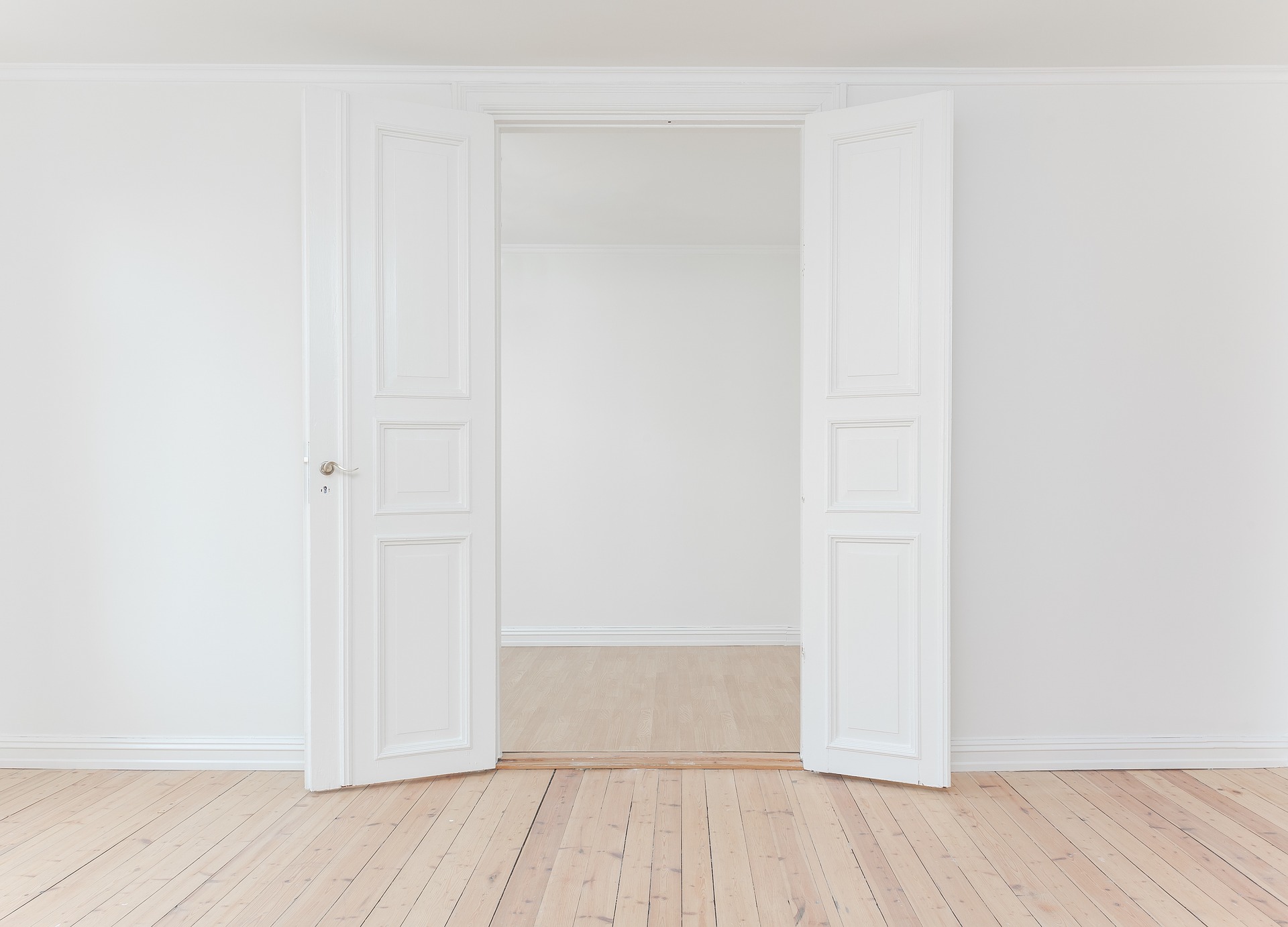Drywalls are those construction materials that are used to create walls and ceilings of your home. Not all that but, drywalls also come in handy if you want to create design features like eaves, arches, or any mind-blowing architecrequireigns!!!
Do you know the best part about drywalls?
These are super easy to install, highly durable, and only require simple repairs when damaged.
So drywall is a flat component composed of calcium sulfate dihydrate, typically extruded between thick sheets of facer and backer paper, used to construct interior walls and ceilings.
Through this article, I’ll be talking about the ceiling textures and the drywall options you can choose for your home!!!
The Ceiling Textures And Your Drywall Options
Decorating your home can be a real challenge for many!!! And choosing the right drywall finish or texture can prove to be a hard nut to crack.
And it’s very natural to get at a state of indecision if you are handpicking it for your new home or renovation project. There are so many options that it feels like you are “searching for a pearl in an ocean.”
Making up your mind about whether or not to go for texturing your ceiling can be a tough job. And even if you choose to texture your ceilings, there are chances you’ll be confused about which one to go for!!!! And remember, getting the drywall right is the first step of tiling projects?”.
But No Need To Worry!!
This article will guide you to choose the perfect texture and drywall option for your ceilings to look elegant more than ever!!
1. Sheetrock Texture: Old Is Gold
Sheetrock ceiling texture is a drywall ceiling texture that has been famous since 1917. The reason this drywall texture is so awesomely renowned is because of the artistic look that it gives to your ceiling
And the best part, you don’t need to use and sort of spray paint in this case. You can achieve this texture by using your artistic hand technique and without using any special brushes.
This texture is perfect for any room. There are no restrictions of use for this ceiling texture.
2. Stipple Brush Texture: A Test of Your Skill
This texture is not as easy as it seems. You need skills for this texture to be created.
In order to create this texture, you need a roller and slap brush.
The fascinating fact about this texture is it can cover the bumps and holes on your ceiling. And if you have the skills, then this texture can surely make your ceiling look gorgeous than ever!!
3. Swirl Texture: Creativity Taken To A New Level
In order to achieve this texture, you need either a roller or sprayer.
You can also do this by using a technique called “the basic swirl” method.
But one thing that you need to keep in mind is while creating this texture, you’ll need a lot of patience to get the best result.
And the difficult part is you need to create the pattern before the mud dries. So make sure to have a helping hand by your side.
Overall, the texture can really give that awesome look on your ceilings if you do it in the right way!!!
4. Orange Peel Texture: A Color of Choice
The name suggests all, the color of orange skin, but sometimes it’s also called “an eggshell” ceiling texture.
If you really love this color, then this can be on the top of your favorite lists.
In order to create this texture, you need to apply thin mud to the ceiling using a spray gun set at very high pressure.
The more artistic mind you have, the artistic look it has got!!!!
5. Smooth Textures: Choice of Many
If you are someone who wants the best at a cheap cost, then this texture is just the right choice for you. Moreover, you don’t need to have much skills to create this texture design.
The look of this texture is just mind-blowing, and if you are someone who likes things to be consistently gorgeous, then this is the texture you can have for your ceiling.
This texture is effortless to remove and is also perfectly suited for any room.
6. Tree Bark Texture: Beauty of Nature
If you are someone who loves nature and wants to bring the reflection of nature inside your home, then this textured style is just the option you can have.
This ceiling has the look of a tree. You can create this texture just by using a heavy roller. The texture might look simple, but it’s very artistic and can surely catch the eyes of many.
If you have a farmhouse, then this texture will double the beauty!!!!!
7. Slap Brush Texture: Slap The Beauty Out
Artistic, gorgeous, beautiful, and elegant are the nicknames you can give to this texture. A complete package of beauty!!!!
To get this texture, you’ll be needing a brush with very stiff bristles and thin mud.
Firstly, you have to cover your ceiling with mud using a roller, then take the brush and slap the ceiling from the edge.
This can be a hard nut to crack because if you don’t get it right on the first shot, the whole ceiling might end up looking messy.
8. Popcorn Texture: Cottage Cheese
This texture, also known as the “cottage cheese” or “acoustic” ceiling texture, is probably one of the most famous ceiling textures ever!!!
If you look closely, you’ll see it’s kind of a look-alike of “popcorn.” That’s why it’s called “popcorn texture.”
In order to achieve the correct texture, you need to use a sprayer to apply to your ceiling. This contains Styrofoam with mud which gives that puffy effect.
But it will require you to have a lot of skill to achieve this effect. That’s because the “popcorn texture” is both challenging to apply and remove.
I hope this article will help you to know about the needs of ceiling textures and drywall options. And now I believe you’ll be able to get yourself the perfect texture for your ceilings.
Read Also:






















